Cracking the Code for Student-Driven Learning
A MiddleWeb Blog
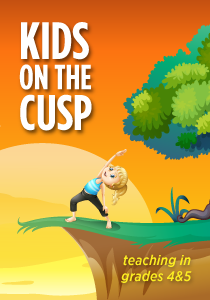
Traditionally, these New Year promises have a very specific goal in mind. Steps to “exercise more often” or “eat a healthier diet” can be defined clearly. There is a high resolution in the image we see and in the detail and specificity of our intended plan of action.
To fulfill these types of resolutions, I can incorporate more walking into my routine or increase my intake of fresh fruits and vegetables (with a focus on eating fewer of the sweets that became a staple in my diet towards the very end of 2014).
So resolutions can be promises. But there is another definition of the word resolution, one that is often associated with photography. It has more to do with the ability to show an image clearly, an ability to adjust the sharpness of detail. Resolution plays a key role in the photograph – the picture we will eventually see.
As I picture the New Year ahead, my thoughts drift back to images of the year we have left behind. Like resolution, reflection affects the picture that the camera takes and the one I see.
The past year is more of a video at this point, but videos are made up of many individual frames when you look closely. The “bits” make up the whole.
The Hour of Code
As I reflected on the close of 2014 during a much-appreciated vacation, this video along with thoughts about a school-wide activity that was held near the end of December, helped me start thinking about a few New Year’s goals of my own.
The Hour of Code that each student in our school was given the opportunity to investigate and explore opened my eyes to more than just the world of coding.
Exploring new things is the essence of learning. Opening our eyes to new possibilities, in an effort to discover what interests we have and what we want to learn more about, helps each of us set our own individual goals for what comes next.
The Hour of Code was introduced to our school by one of our teachers, Trista Pollard, a 22-year veteran and National Board Certified Teacher, who has taught children in grades two through five over the course of her career as an educator.
Pollard’s exposure to the world of coding began years ago. “When I had a basic course in high school,” she remembers, “it was like a foreign language.” Her goal in bringing Code to our elementary student body was to show the kids “that computer coding is possible for you to pursue.”
After attending a training seminar in New York City last summer, Pollard set up a week-long schedule for an Hour of Code, joining in with approximately 15 million other learners across the nation for what has been called “the largest learning event in history.”
Our kids were very excited, as they worked in pairs, one driver and one navigator, switching roles at the midpoint through the hour. Each grade level completed a different coding activity that was age-appropriate and required high-level thinking. It all combined into 60 minutes of curiosity, exploration, and possibility.
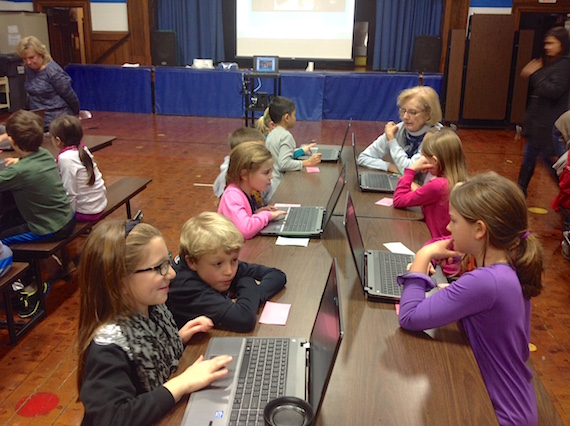
Our students coding!
Here at the midpoint
Like the navigator and the driver, my students and I are reaching a midpoint – the midpoint of our school year together. Perhaps it is time for us to switch roles as well. I must take myself out of the driver’s seat gradually, though. It can’t be a quick switch.
My job is to serve as driver and navigator, as they explore the possibilities that I present to them, through exposure to new things…things like writing code.
We are preparing our students for careers that haven’t even been invented yet. Helping them learn to set their own goals and to recognize and appreciate their own talents is something I need to strive to do, as the world changes and the resolution on our picture of the future becomes a bit fuzzy. New technology and many other things are advancing at an incredible rate. That is the world today. That is their world.
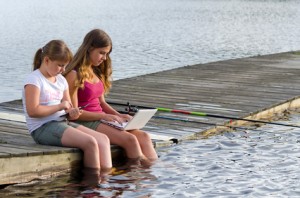
We must work to prepare our kids, not only to read and write or complete mathematical calculations (heck, we have computers that do that for us!), but also to seek a picture of who they are and focus on what they find while they are looking.
Of course we still need to teach them the basics, and the not-so-basics (like just enjoying a great book). But we must also try to teach them how to discover themselves, to set their own goals, based on what they find when they look through their own personal camera lens.
As in photography, exposure is an essential component to the picture.
Opening a wider lens
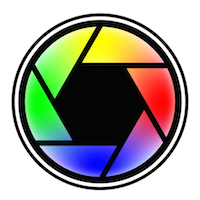
Giving a little more exposure to possibilities can align with the curriculum. We just need to be creative. We must teach students the art of discovery, by exploring New Technologies and New Ideas. This will assist them in developing their own personal lens to the world and an unknown future.
A good photographer pays attention to even the smallest details. We need to encourage our students to pay attention to the details of what piques their interest, so they can make choices in their learning, choices that will affect how the future develops.
By opening up a wider lens on “curriculum” and how to “cover it,” we can grasp opportunities to broaden the scope (and sequence) of learning, in a world where the kids we work with each day can find the talents and strengths that are encoded in each of them.
The kids in the video I found so compelling say it best, when they explain it to us.
The world is made with tiny bits, with invisible stuff, and weightless things…
The code to change is also made with tiny bits and bytes drawn together…
When you learn to code, you can assemble anything that you see missing…
and when you do so, you will fix something, or change something, or invent something…
and maybe that’s how you will play your bit in this world.
Happy New Year!
____
Here are some helpful links to coding resources that can be introduced to students any time throughout the year:
- Hour of Code overview
- A lesson plan to use anytime to introduce coding to your class
- Made with Code projects

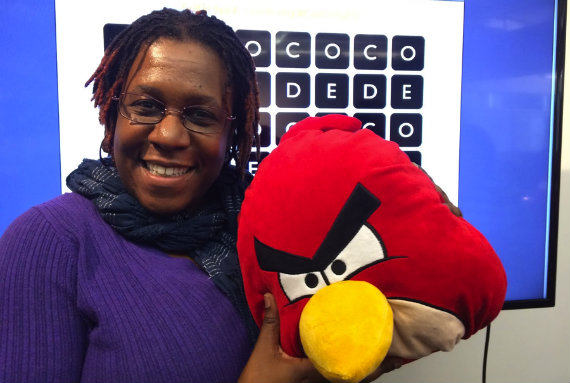
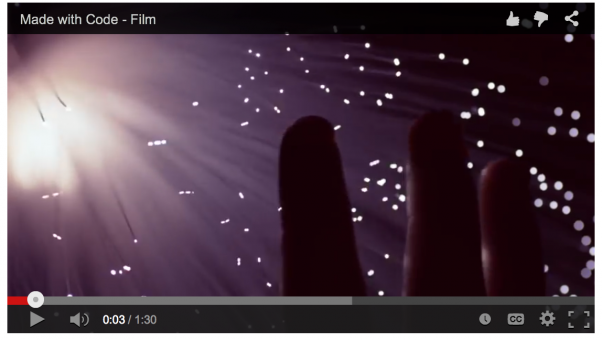
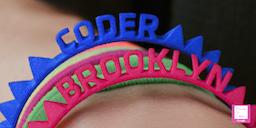 and when you do so, you will fix something, or change something, or invent something…
and when you do so, you will fix something, or change something, or invent something…

































